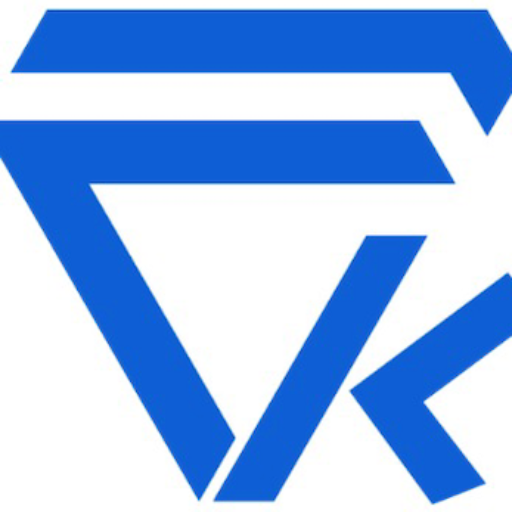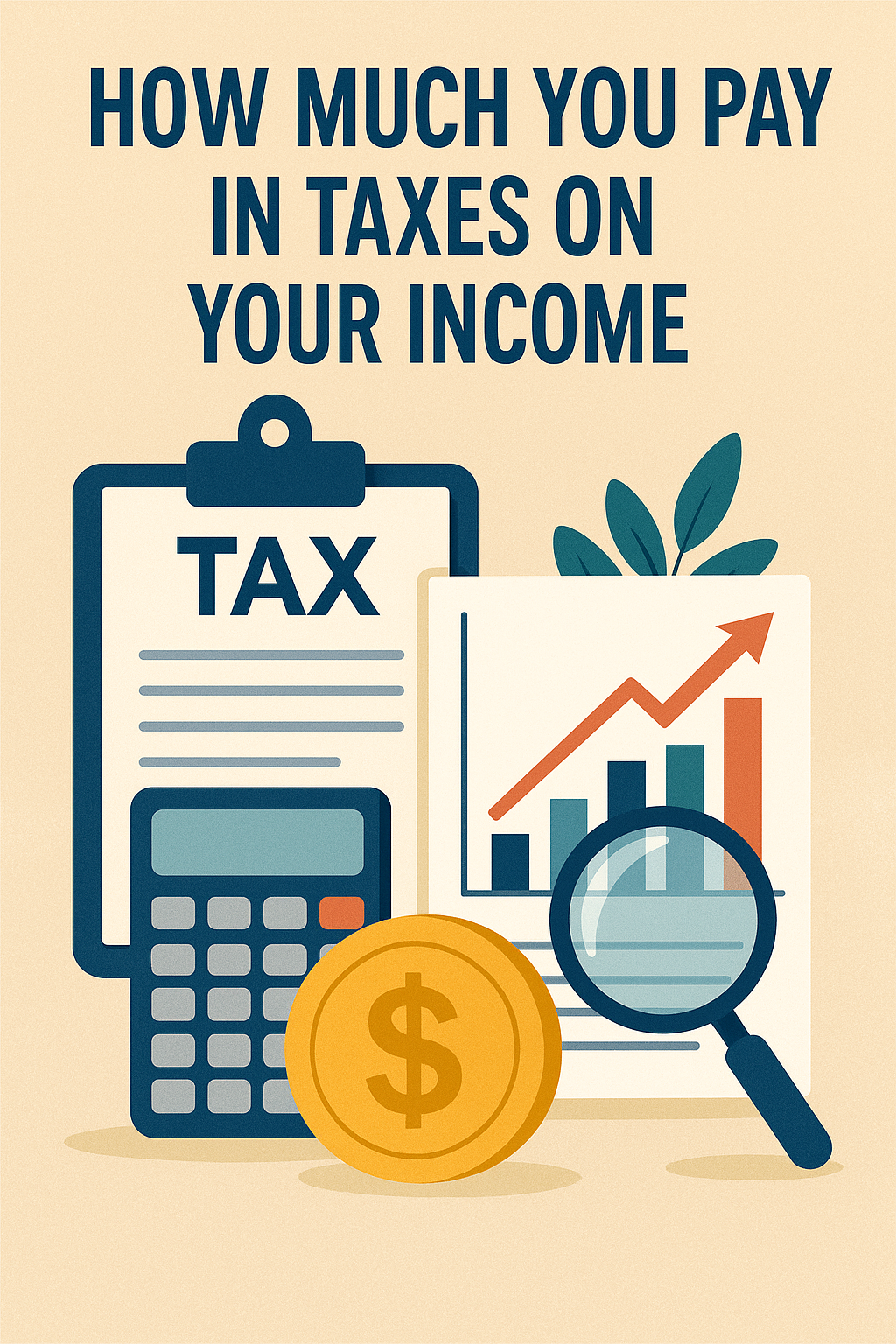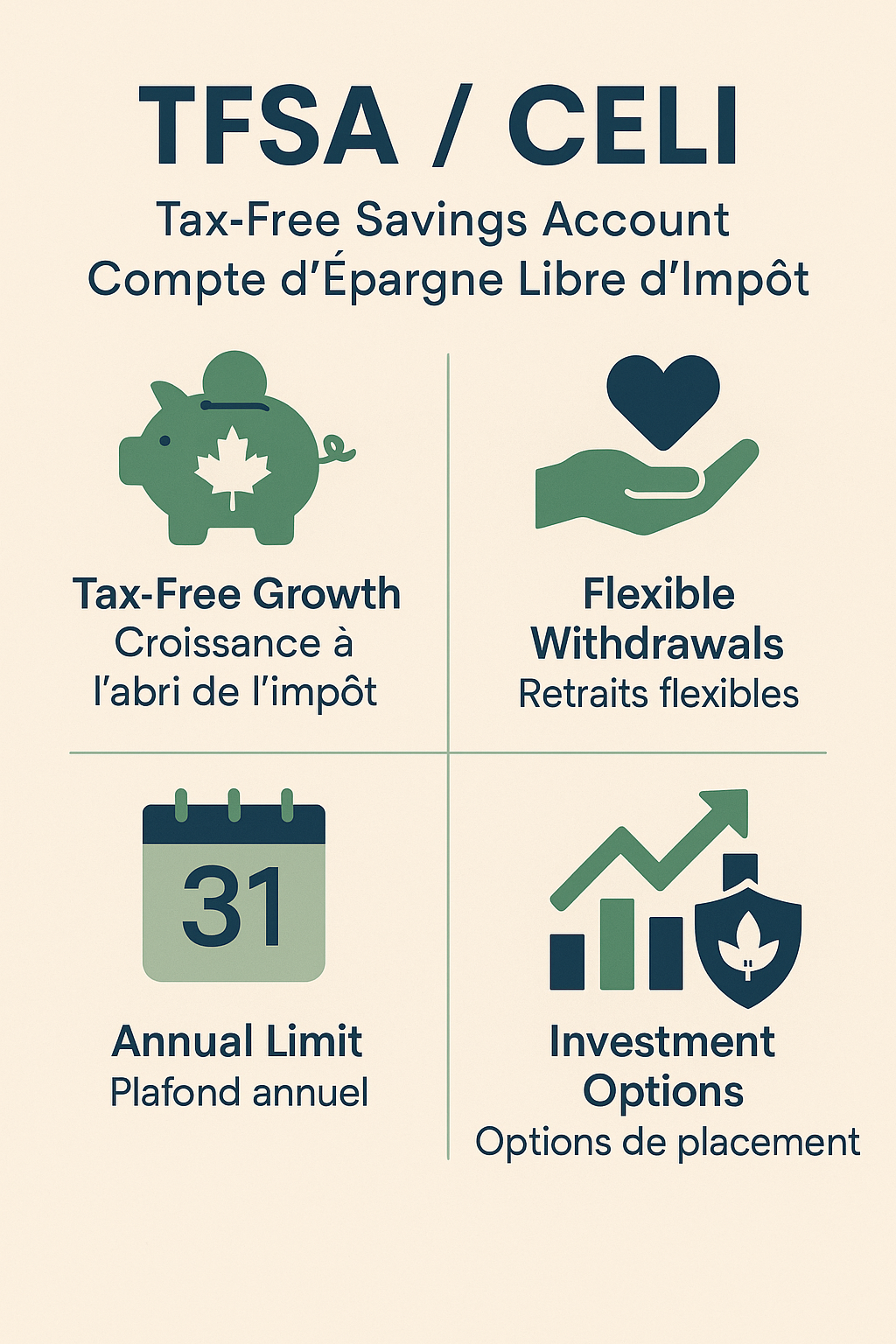As we step into the new year, I extend my heartfelt wishes for a prosperous 2025. May this year mark a turning point in your financial journey—whether through reducing debt, taking actionable steps to start saving, or embarking on your investment journey without delay.
This moment also provides an opportunity to express my gratitude to all who have supported and encouraged the work we do on this blog. Your feedback, particularly about how our articles have positively impacted your personal finances, has been both inspiring and humbling. On behalf of our entire team, thank you for your unwavering support and trust.
Today’s topic delves into a subject gaining traction among young and seasoned investors alike—Exchange-Traded Funds (ETFs). As their popularity soars, navigating the myriad of ETF options in the stock market can be overwhelming. To assist you in making informed choices, this article highlights essential characteristics to consider when evaluating ETFs.
Our blog aims to be practical and actionable, which is why I’ve chosen to analyze the XEQT fund for the year 2024 as an example. This approach allows you to adapt the analysis sections to any other ETF you might consider.
Please note, however, that I am not recommending the purchase of this specific fund; it serves merely as an illustrative example for this article. Also, the characteristics discussed here are not exhaustive. There are likely many other factors to consider based on your risk tolerance. I strongly recommend consulting with a financial advisor before making decisions that will impact your portfolio.
I. What is XEQT?
The iShares Core Equity ETF Portfolio, commonly known as XEQT, is a U.S.-equity focused Exchange-Traded Fund (ETF) managed by BlackRock Canada. This fund offers investors comprehensive diversification by providing access to a broad spectrum of international equity markets, including but not limited to the United States, Canada, Japan, the United Kingdom, France, Switzerland, etc., all within a singular investment vehicle.
XEQT is structured as a 100% equity-based fund, making it an attractive option for investors seeking to diversify their portfolios by increasing exposure to U.S. and global stocks. However, it is essential to approach XEQT as a component of a broader investment strategy rather than relying on it as the sole asset within your portfolio.
The fund has been assigned a “Medium” risk rating, reflecting its balance between potential returns and risk exposure. XEQT is traded on the Toronto Stock Exchange with the ticker symbol “XEQT”.
II. XEQT Fees
When investing in the stock market, it is crucial to understand the fees associated with the funds you choose. Each fund has a management fee and a management expense ratio (MER), typically expressed as a percentage of your investment. These fees are deducted based on the amount you have invested, directly impacting your returns over time. While MERs for Exchange-Traded Funds (ETFs) are often below 1.0%, even small differences in MERs can significantly affect long-term gains.
The management fee represents the cost charged by the ETF or mutual fund provider to operate the fund. This fee typically covers expenses such as marketing, legal advice, customer support, and administration.
The MER, however, is the most comprehensive cost to consider when evaluating a fund. It encompasses both the management fee and any additional expenses incurred in buying or selling the assets held in the fund, often thought of as the fund’s transaction fees. Therefore, the MER gives a clearer picture of the total annual cost of investing in a specific fund.
If a fund lists both a management fee and an MER, the MER reflects the total annual expense you will incur. It is calculated as a percentage of your total investment in the fund.
For example, if the MER of XEQT is 0.20%, your annual costs would be as follows:
- $2 for every $1,000 invested.
- $20 for every $10,000 invested.
III. XEQT Holdings
Table 1 displays the Top-10 XEQT holdings as of 9 January 2025.
Table 1: XEQT Aggregate Underlying Top-10 Holdings
Source: Table prepared by Finance Faded using information obtained from BlackRock, XEQT – iShares Core Equity ETF Portfolio, accessed 9 January 2025.
IV. XEQT Returns and Performance
Table 2 presents the performance of XEQT since its inception in 2019.
Table 2: XEQT Calendar Year Performance (% CAD)
Source: Table prepared by Finance Faded using information obtained from BlackRock, XEQT – iShares Core Equity ETF Portfolio, accessed 10 January 2025.
When analyzing fund performance, you may encounter situations where you compare two different funds—such as one that automatically reinvests dividends and another that pays dividends without reinvesting them. In such cases, tools like Yahoo! Finance may not provide an accurate comparison, as the data does not account for the reinvestment of dividends, which can significantly impact long-term returns.
To address this limitation, you can use TradingView. By enabling the “ADJ” (Adjusted) option at the bottom-right corner of the chart, TradingView adjusts the price of each fund as if the dividends had been reinvested. This adjustment ensures a fair and consistent comparison of the two funds, reflecting their performance on an equivalent basis.
V. Does XEQT pay a Dividend?
At least annually, the Fund distributes all net taxable income to its investors. These distributions may be issued in cash or reinvested into the Fund, as determined by BlackRock Asset Management Canada Limited at its discretion. As of January 10, 2025, the Fund’s distribution yield was 1.12%.
VI. Is XEQT Hedged?
XEQT is not currency hedged, and neither are its underlying funds.
VII. How to Buy XEQT in Canada ?
How to Invest in the Stock Market in Canada
To invest in the stock market, you need to open an investment account with an online broker. In Canada, there are currently four online brokers with either no commission fees or low commission fees:
- Wealthsimple (use my exclusive Wealthsimple Trade link and referral code 2TNWEA, you’ll receive a $25 cash bonus after depositing an initial amount of $150).
- Questrade (sign up here* and get a $50 bonus when you use my promo code 655729493467527)
- National Bank Direct Brokerage
- Desjardins Disnat
I will update this list as other credible providers, validated by the country’s competent authorities, enter the market. If you know of any others, please let me know.
Personally, I use Questrade to invest in my children’s RESP and Wealthsimple for my TFSA, RRSP, and non-registered accounts. Mrs. Finance Faded exclusively uses Wealthsimple because she finds it easier. Together, we have a family RESP, two TFSAs, two RRSPs, and a non-registered account. In each of these accounts, we self-invest by exclusively purchasing all-in-one index ETFs.
If you are looking to deepen your knowledge of effective saving and investment strategies, I highly recommend reading the book Stop Hesitating, Invest: Take your finances into your own hands or its French version, Stop Hesitating, Invest: Take your finances into your own hands.






